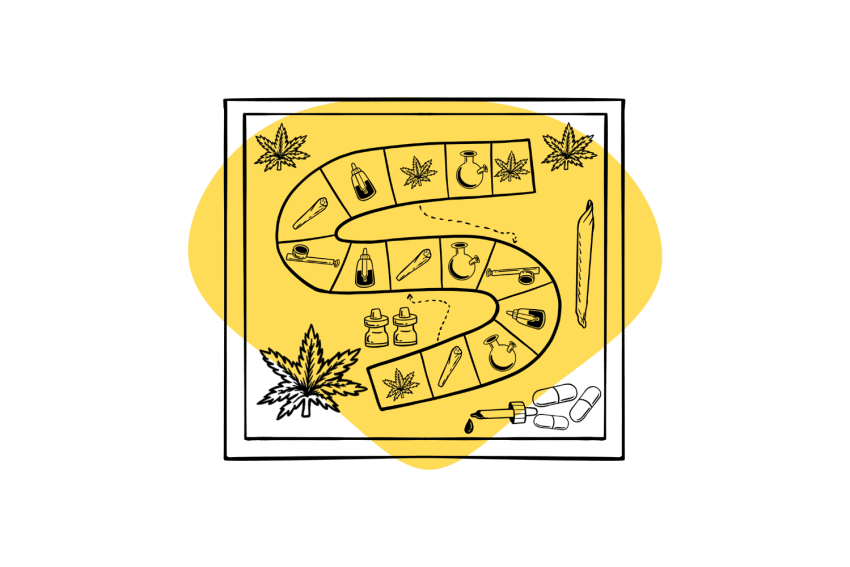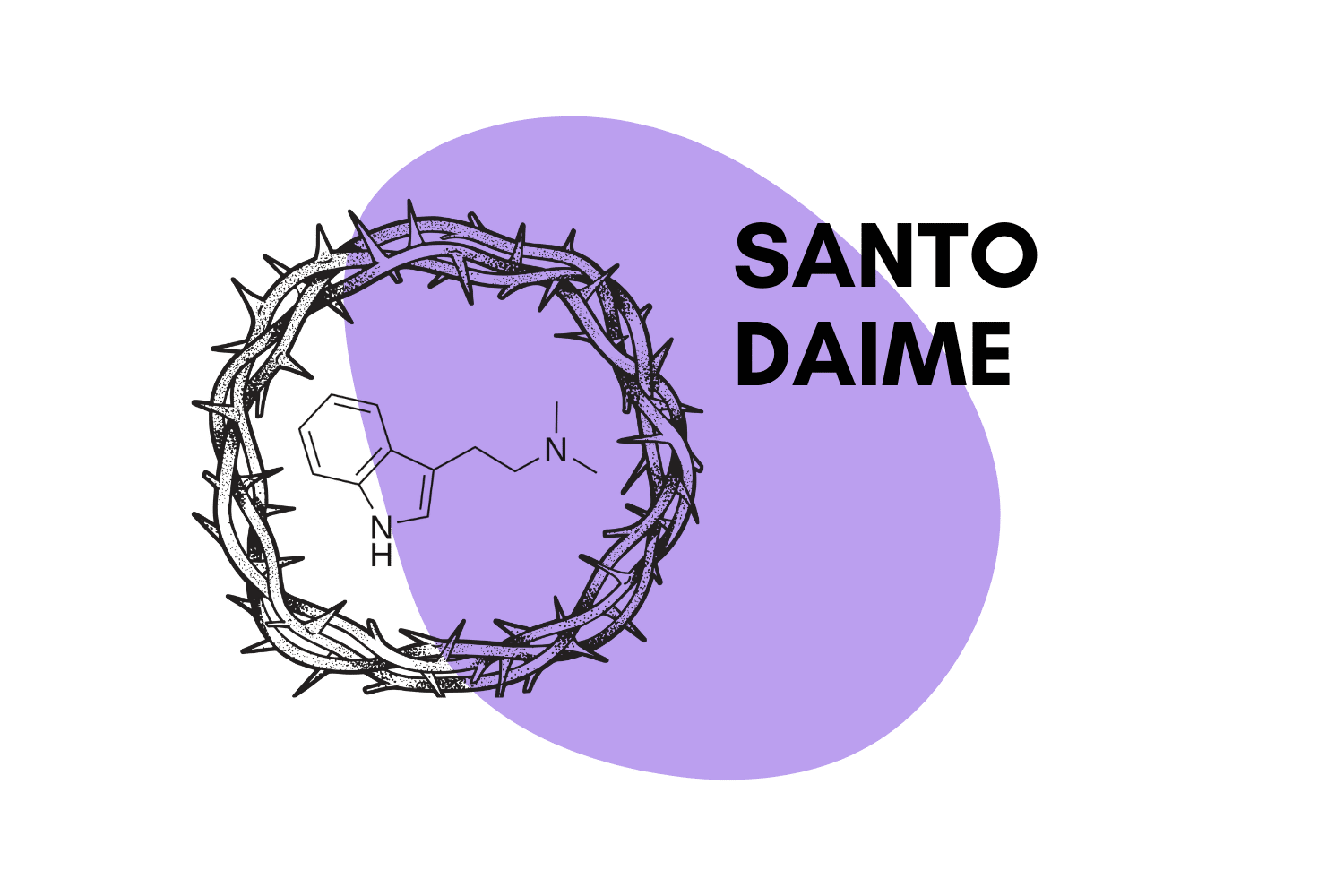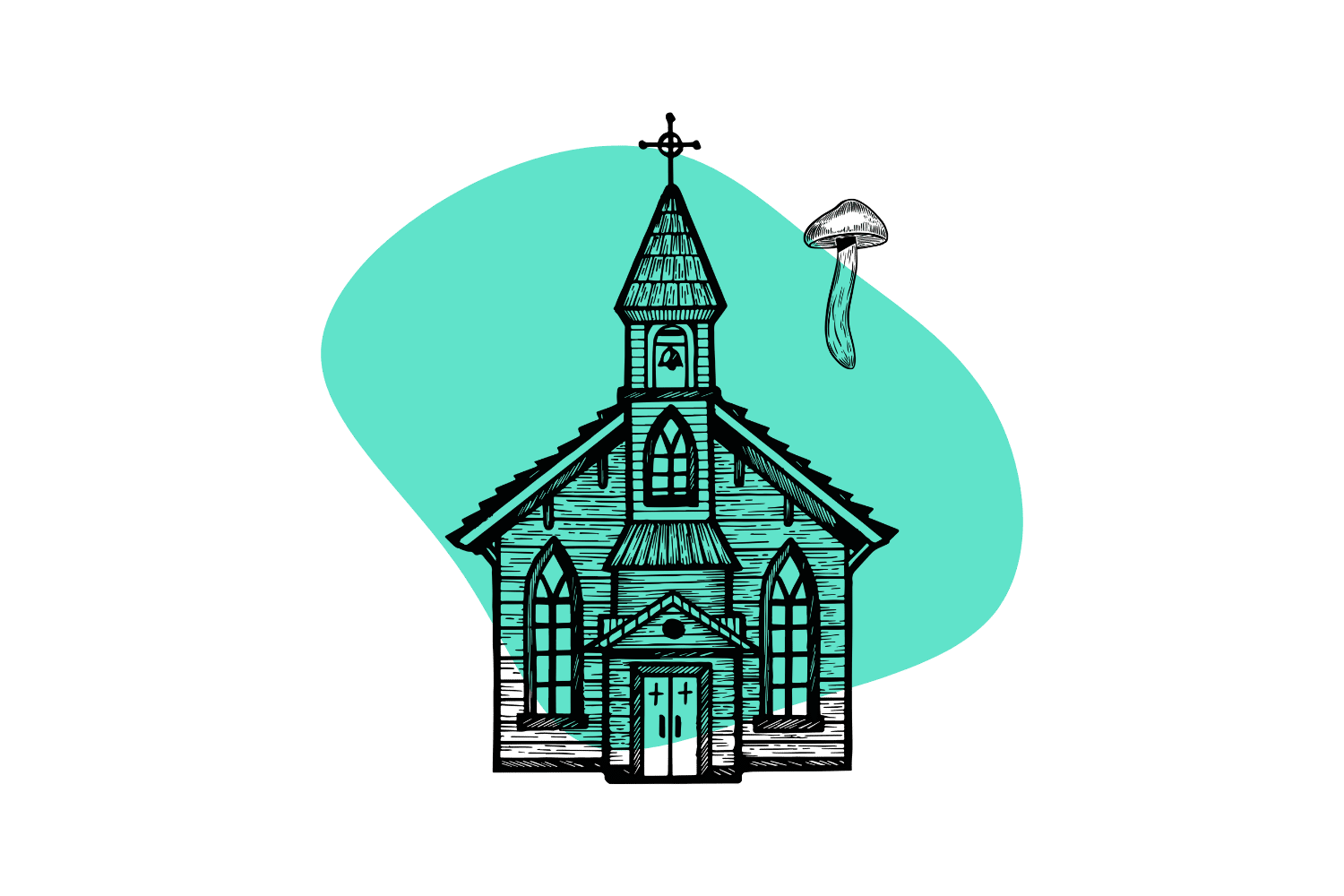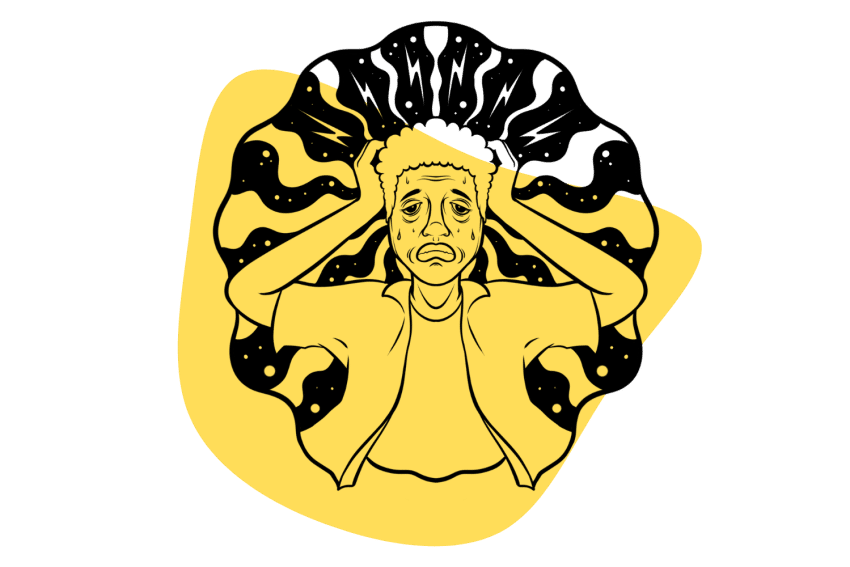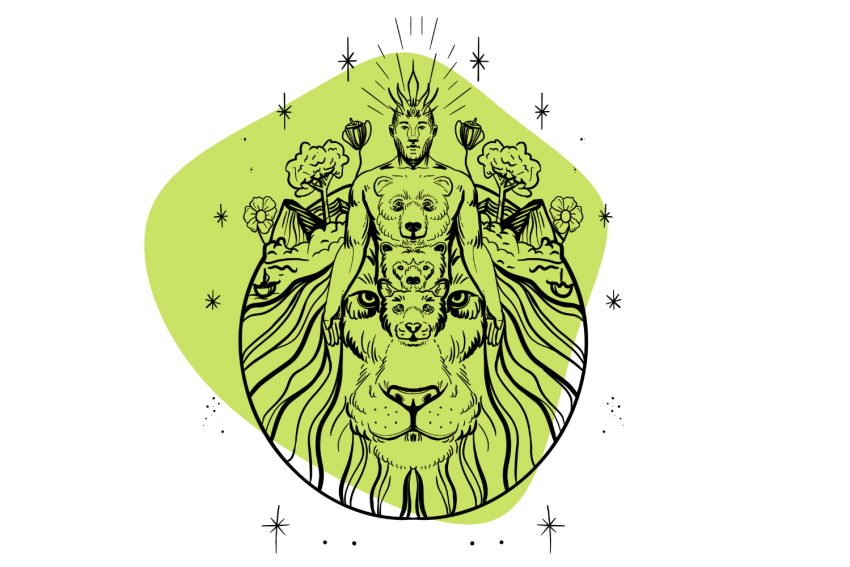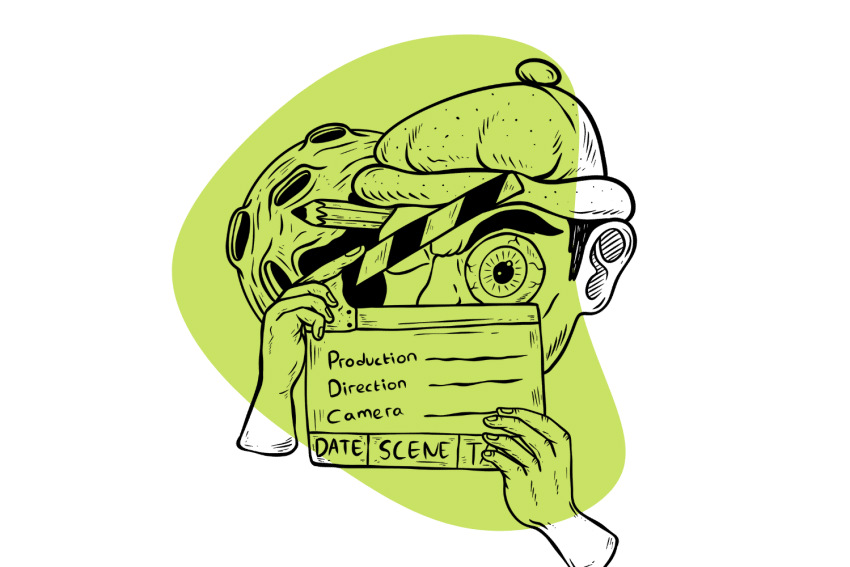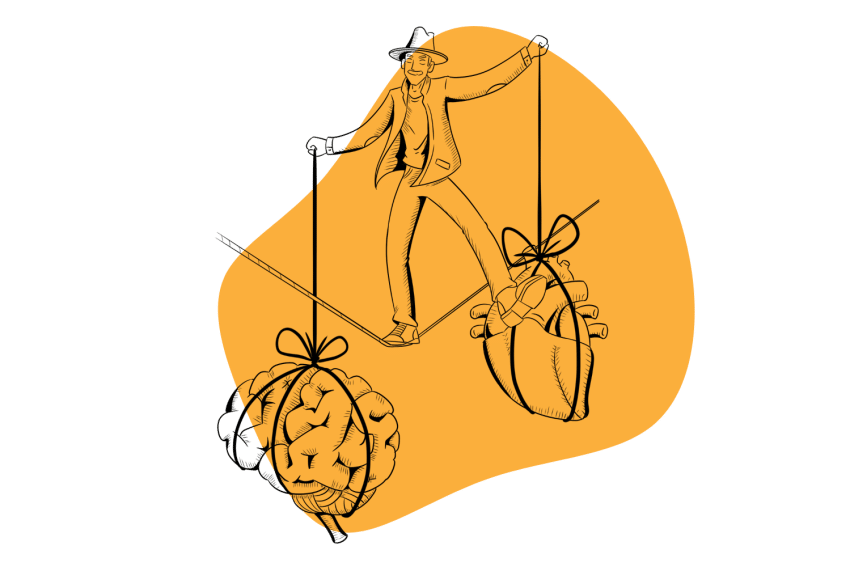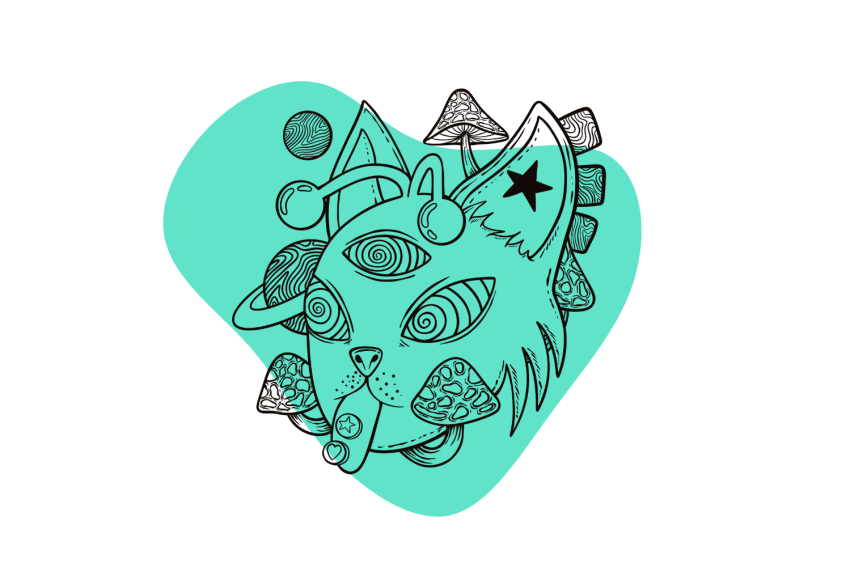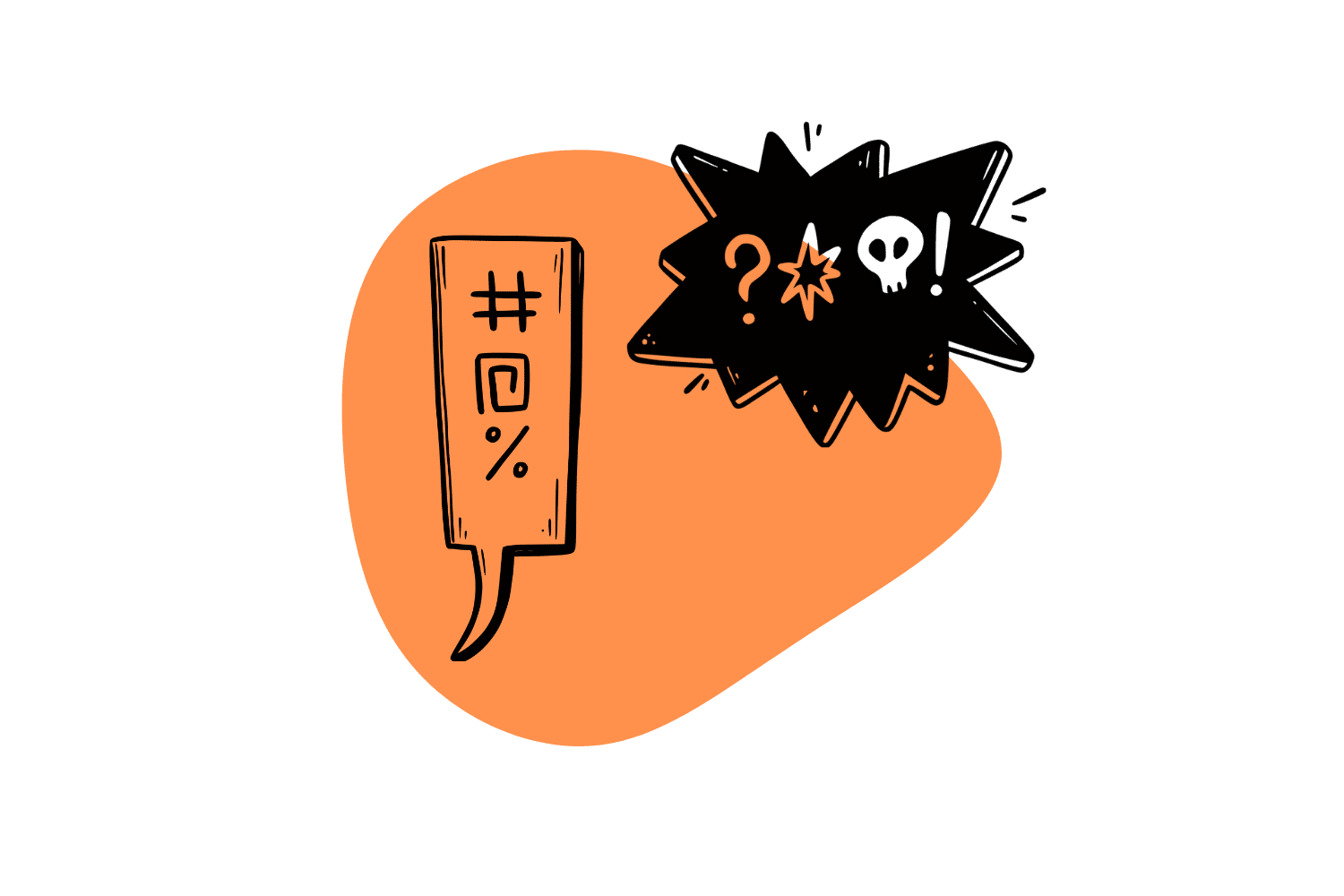Traveling for Transformation: The Rise of Psychotourism (9 Popular Destinations)
Psychotourism (psychedelic tourism) gives new meaning to the word “trip.” 🗺️
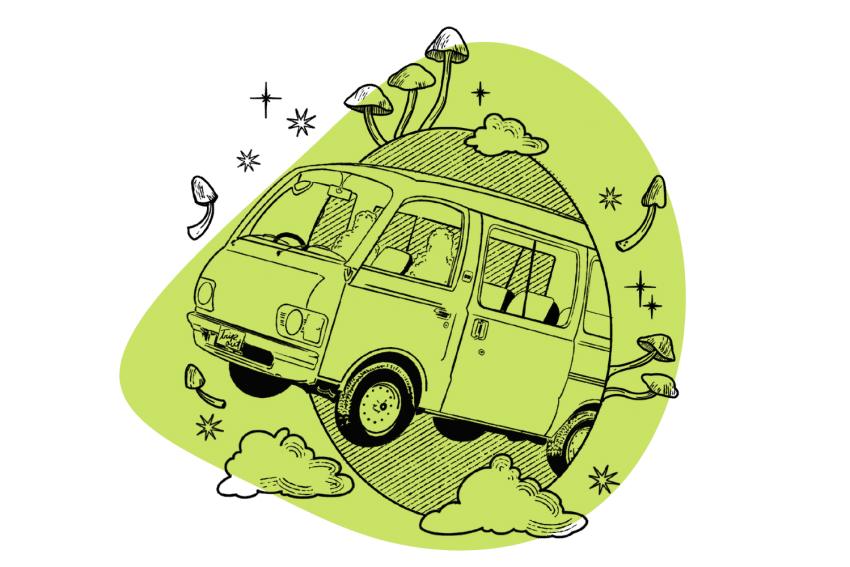
With the increasing popularity of psychedelics, more and more people are embarking on trips to explore what different countries offer.
Psychotourists travel to indigenous communities and shamanic retreat centers or participate in ceremonies where drug laws are more relaxed.
Common entheogens people travel for include:
- Ayahuasca — Peru, Brazil, Colombia, & El Salvador
- Bufo Toad Venom (5-MeO-DMT) — Mexico, Brazil
- Iboga — Brazil, Mexico, Peru
- Kambo Frog Medicine (Not Psychedelic) — Peru, Colombia, Mexico, El Salvador
- Psilocybin Mushrooms — Jamaica, The Bahamas, Mexico, & the Netherlands
- San Pedro & Peyote Cacti — Mexico (Avoid Peyote), Peru, Brazil, Colombia
We’ll look at what exactly psychotourism is and why it’s popular, some of the most popular locations to go, and examine some of the ethical problems with this burgeoning industry.
The Rise In Popularity of Psychedelic Tourism
We’re in a psychedelic renaissance. Laws around psychoactive substances are beginning to relax, and evidence that suggests substances such as psilocybin could be beneficial for a range of mental disorders is growing. This has led to an increased interest in psychedelics.
With interest comes exploration. Psychotourism is on the rise mostly because people want to explore the different states of consciousness psychoactive substances can produce.
There’s also far less stigma surrounding psychedelics now compared to a decade ago. The scientific data that’s come to light surrounding cannabis, psilocybin, and LSD has changed the views many people have on psychoactive substances.
Many were fooled by “the war on drugs,” but their minds are opening up, leading to more people traveling for psychedelic experiences.
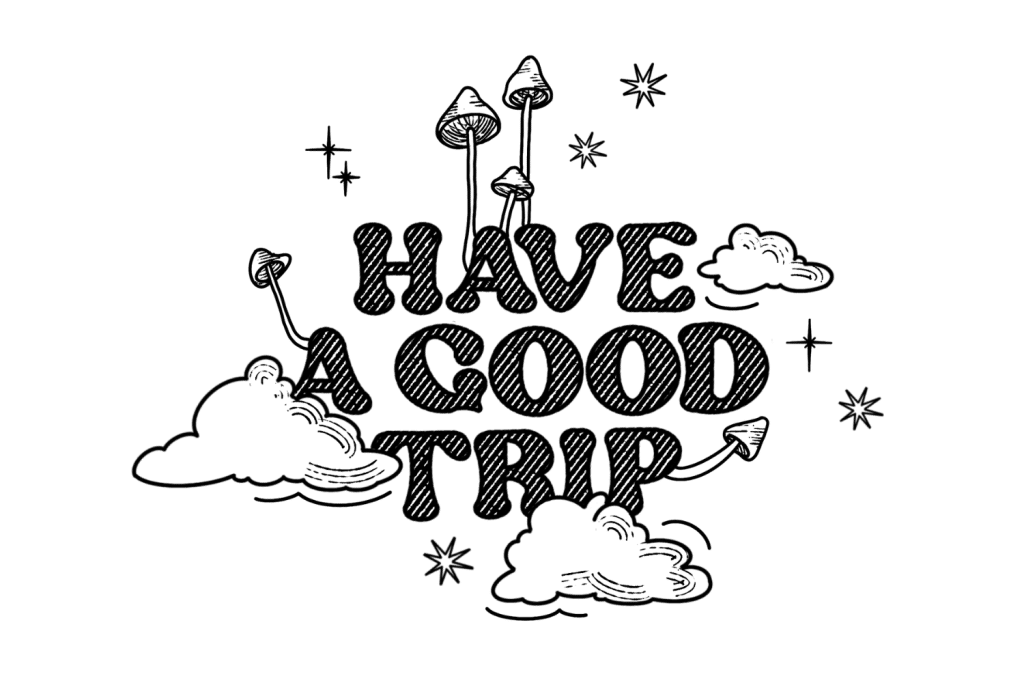
It’s clear that there’s an increase in people traveling to consume psychedelics and other psychoactive substances. There’s no official data on how many psychotourists there are each year, but some stats prove there’s increased intent.
One study looked into “drug abuse in travelers to Southeast Asia” and found that more than 50% of travelers with a mean age of 25.3 years consumed a psychoactive substance of some form [1]. A questionnaire distributed in Southeast Asia to 430 travelers (mostly Israelis but others from the UK, Sweden, Australia, and Germany) discovered that 66.2% of the people asked consumed cannabis, LSD, or magic mushrooms during the trip.
Another research paper, “Reflecting on Drug Tourism and its Future Challenges,” outlined data from the World Drug Report [2]. Between 2009 and 2017, drug use increased by 61 million users. The researchers outlined that because of the evident change in drug policies worldwide, there was an “increase in demand by drug tourists.”
An airport survey of 1715 British visitors to the Balearic island of Ibiza discovered that 57.4% of the travelers consumed illicit substances during their holiday (mostly cocaine and MDMA) [3].
Although these reports don’t outline the use of psychedelics specifically, it’s clear from the data that a substantial percentage of travelers to certain destinations are open to consuming psychoactive substances.
Is Psychotourism Legal?
Whether psychotourism is legal depends on where you plan to travel to and what substance you plan to consume. Certain psychedelics are legal in certain countries.
Most psychedelic retreats are in countries where the laws allow the use of the substance in question. However, it’s not legal in every destination where guided experiences, retreats, and traditional psychedelic ceremonies take place.
If you plan on traveling to consume a psychedelic or psychoactive substance, thoroughly research the laws surrounding the substance you want to consume before going. Don’t necessarily assume that the laws allow psychedelic use simply because guided tours or retreats exist in your desired destination.
| Country | Psilocybin Legal | Ayahuasca Legal | 5-MeO-DMT (Bufo Toad) | Iboga Legal |
| Austria | ✅ Legal | 🚫Illegal | 🚫Illegal | 🚫Illegal |
| The Bahamas | ✅ Legal | ✅ Legal | 🚫Illegal | ✅ Legal |
| Bolivia | 🚫Illegal | ✅ Legal | 🚫Illegal | 🚫Illegal |
| Brazil | ✅ Legal | ✅ Legal | ✅ Legal | ✅ Legal |
| Colombia | 🚫Illegal | ✅ Legal | 🚫Illegal | 🚫Illegal |
| Costa Rica | 🟡Illegal, But Offered | ✅ Legal | 🚫Illegal | ✅ Legal |
| Jamaica | ✅ Legal | 🚫Illegal | 🚫Illegal | 🚫Illegal |
| Mexico | 🟡Illegal, But Offered | ✅ Legal | ✅ Legal | 🚫Illegal |
| Nepal | ✅ Legal | 🟡Illegal, But Offered | 🚫Illegal | 🚫Illegal |
| The Netherlands | ✅Truffles Only | 🚫Illegal | 🚫Illegal | 🚫Illegal |
| New Zealand | 🚫Illegal | 🚫Illegal | 🚫Illegal | ✅ Legal |
| Peru | 🚫Illegal | ✅ Legal | 🚫Illegal | 🚫Illegal |
| Uruguay | ✅ Legal | ✅ Legal | ✅ Legal | ✅ Legal |
Popular Psychotourism Destinations
Each location has its own pros and cons. Depending on how far you’re willing to travel, how much money you’re able to spend, and what substance you’re seeking will determine the best place to travel.
1. Peru
Peru is the most famous destination for ayahuasca experiences. Ayahuasca has been used by indigenous groups in Peru (such as the Shipibo) for centuries. This medicine is created by combining two plants found in the Amazon rainforest.
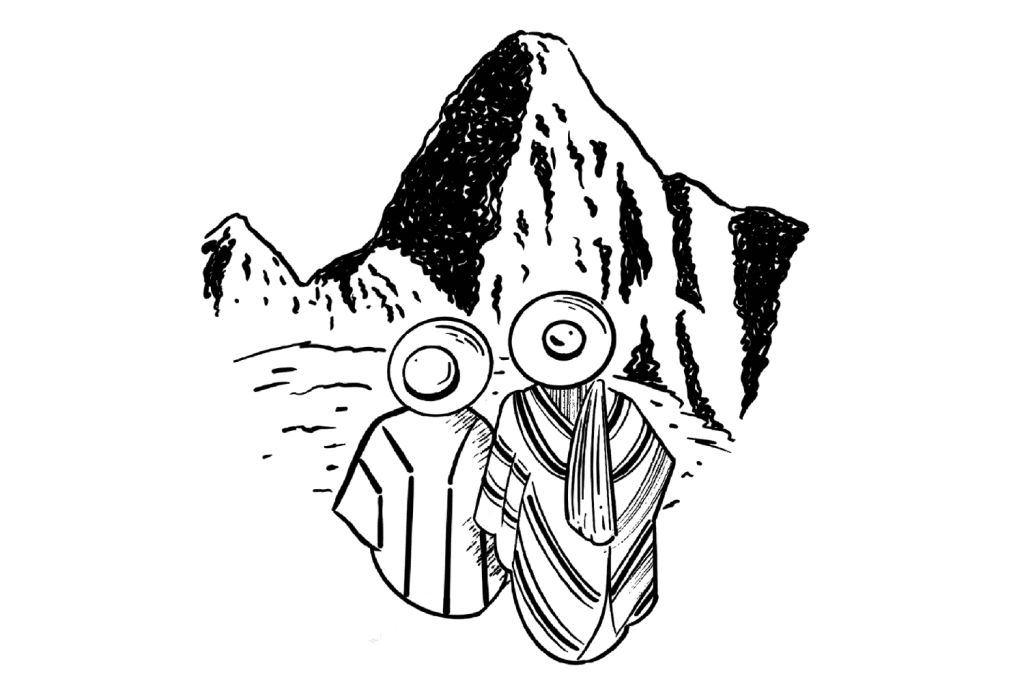
Like most entheogens, ayahuasca works best when administered by a professional who understands the mystical aspects of the brew. This is where the Peruvian shamans come in — they not only make and administer the ayahuasca you consume, but also protect and guide you through the experience in a way nobody else can. Traditional knowledge involving the proper use of ayahuasca has been passed down from shaman to shaman for centuries.
Other entheogenic plants are used at retreat centers here as well, such as the San Pedro cactus (which contains the psychedelic compound mescaline), Kambo frog medicine, and psilocybin-containing mushrooms.
Companies such as The Ayahuasca Foundation offer ayahuasca retreats deep within the Amazon Rainforest of Peru. Many of these centers are located around hubs like Iquitos.
There are retreat centers that cater to all levels of comfort and budget. Some have traditional accommodations involving jungle shacks or hammocks, while others have much more luxurious accommodations.
2. Costa Rica
Although the laws surrounding psychedelics in Costa Rica are blurry at best, it seems that the government doesn’t enforce them. This has led to dozens of retreats popping up across the country specializing in psilocybin, Iboga, and sometimes ayahuasca.
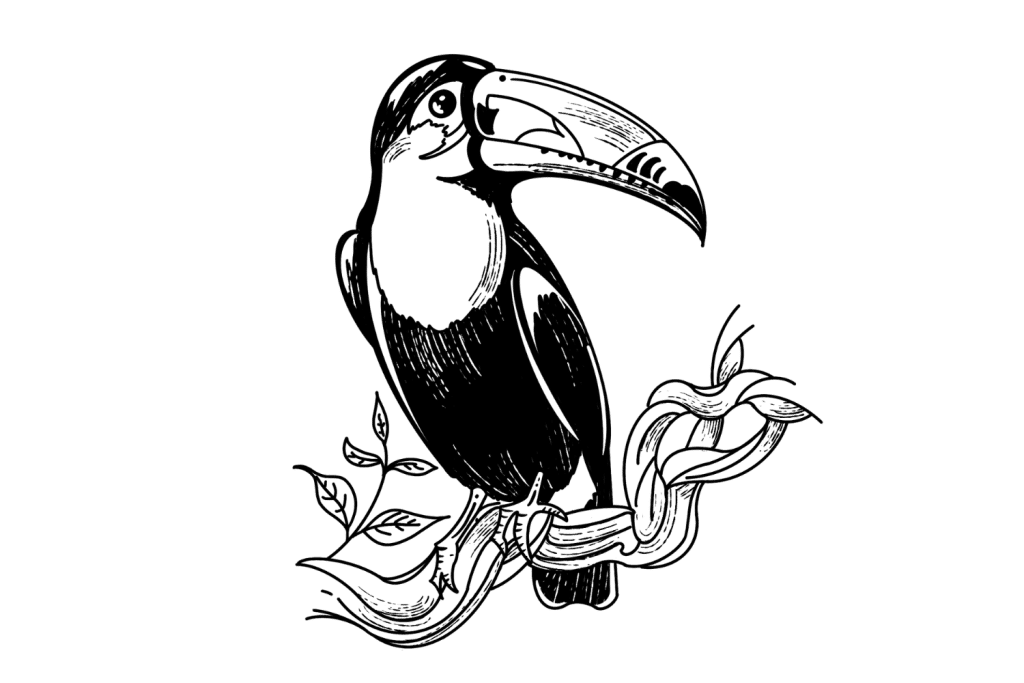
You can also find plenty of yoga retreat centers, wellness centers, and meditation retreats here, all of which complement the psychotourism industry.
One of the main advantages of Costa Rica is its accessibility and stunning natural landscape — featuring high mountain peaks, white sandy beaches, and lush tropical rainforests.
3. Nepal
Psychedelics have long held a place in traditional Nepalese tradition. These shamanic traditions live on today in the form of psychedelic retreat centers.
Most centers in Nepal focus on the use of psilocybin-containing mushrooms. Sometimes you can find ayahuasca retreats, but this is not where the tradition of ayahuasca comes from.
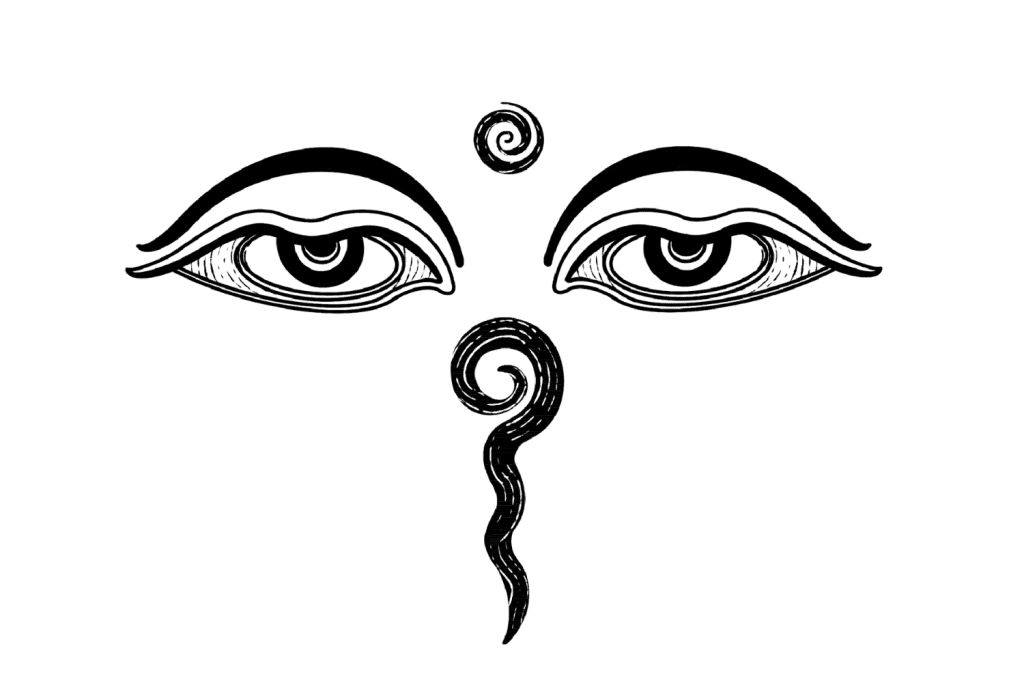
You can also find practitioners who use the famous charas hashish in the foothills of the Himalayas.
There are even a few tour guides who’ll take you into the jungles of Nepal to visit members of the Gurung tribe. This indigenous group of people harvests psychedelic honey from the steep cliffs of the Himalayas. This honey has been traditionally harvested for centuries using rope ladders hung over immense, sheer drops of over 300 meters.
This psychedelic honey, also known as “mad honey,” contains pollen from a specific Rhododendron flower species containing a psychoactive toxin called grayanotoxin. The locals consume a teaspoon of this honey daily for its medicinal properties.
The honey causes dizziness, delirium, and euphoria when taken in slightly higher doses.
Nepal is a rich hub for tourists who are interested in psychedelics. There are several modern retreats designed for psychedelic-obsessed tourists, but also plenty of tours for the person who wants to experience the local psychedelic cultures and traditions that have existed in the country for centuries.
4. Mexico
Mexico has been a hub for people searching for psychedelic experiences since the 1960s. Mexico has a rich cultural heritage of psychedelic use. Substances such as psilocybin in the form of psychedelic mushrooms and mescaline in the form of the peyote cactus have been used for centuries by the indigenous people of certain regions.
Psychedelics are easily accessible for tourists because the substances are ingrained in the culture. Although psilocybin is illegal in Mexico, Article 195 of the Federal Penal Code specifies that people using mushrooms for traditional spiritual practices cannot be prosecuted.
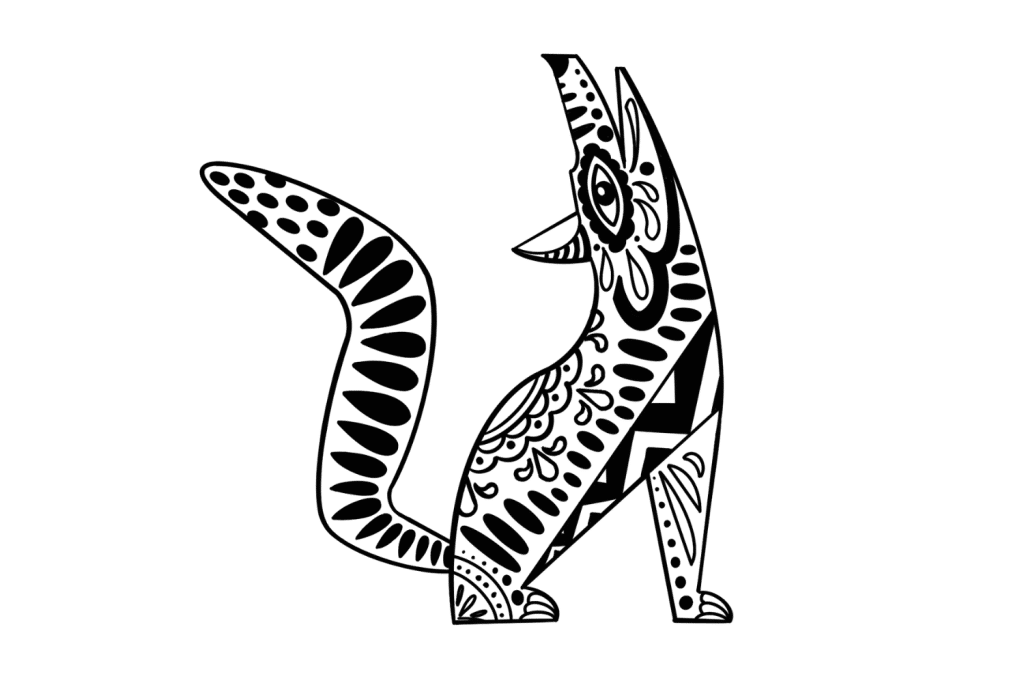
Regardless of the laws, it’s possible to find guides that will take tourists to consume peyote or psilocybin mushrooms in traditional rituals or ceremonies. Several psilocybin retreats in Mexico offer psychedelic-assisted therapy. These retreats are technically legal because they function in a “ceremonial and sacramental context.”
Mexico is also one of the only parts of the world where the venom of the Bufo alvarius toad (a rich source of 5-MeO-DMT) remains legal. There are many retreat centers and psychedelic coaches specializing in the use of toad venom as a result.
Peyote (Lophophora williamsii), an important traditional plant medicine and a vulnerable species, is only legal for consumption by the indigenous Wixárika people.
Psychotourists looking to go to Mexico should be aware that there are a lot of fake guides and pseudo-shamans here.
There are also ethical concerns surrounding the use of the peyote cactus by people outside of the Wixárika community. In order to respect the Wixárika and protect the future of peyote, it’s recommended you avoid seeking travel to Mexico to consume the cactus. A related mescaline-producing cactus called San Pedro (Echinopsis pachanoi) is a better option because it grows relatively quickly and isn’t endangered.
Although it’s not culturally used in Mexico, you’ll also find ayahuasca retreats. The psychedelic brew is completely legal in Mexico.
5. Jamaica
Magic mushrooms are completely unrestricted in Jamaica, resulting in the development of a healthy psychotourism industry.
Several different psilocybin retreats have popped up across the Caribbean island. These retreats offer people a holiday-style experience with a twist. They are often located along the beautiful coastlines of the island and provide meditation, yoga, mushroom experiences, and various other natural therapies.
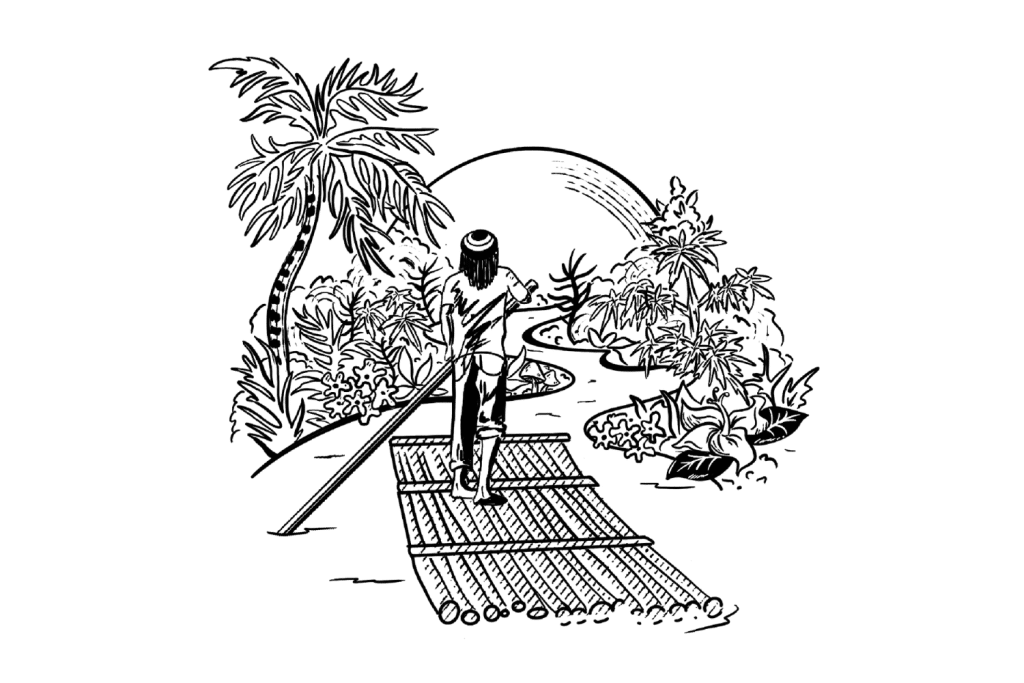
Jamaica also has a range of tours going up into the mountains to see how the Rastafarian people live. You can head up to the Rasta villages and into the wild ganja fields to explore. These tours often include home-cooked meals, an introduction to medicinal herbs, and a view into the religion and way of life of the Rastafarian people.
6. The Netherlands
The Netherlands (Holland) is a country in Europe that borders Belgium and Germany. This liberal country is famous for its laid-back attitude and relaxed drug policies.
In Holland, most drugs controlled elsewhere in Europe are also illegal here. However, in 1976, the Dutch government decriminalized using, possessing, and selling “soft drugs” such as cannabis and psilocybin in certain forms.
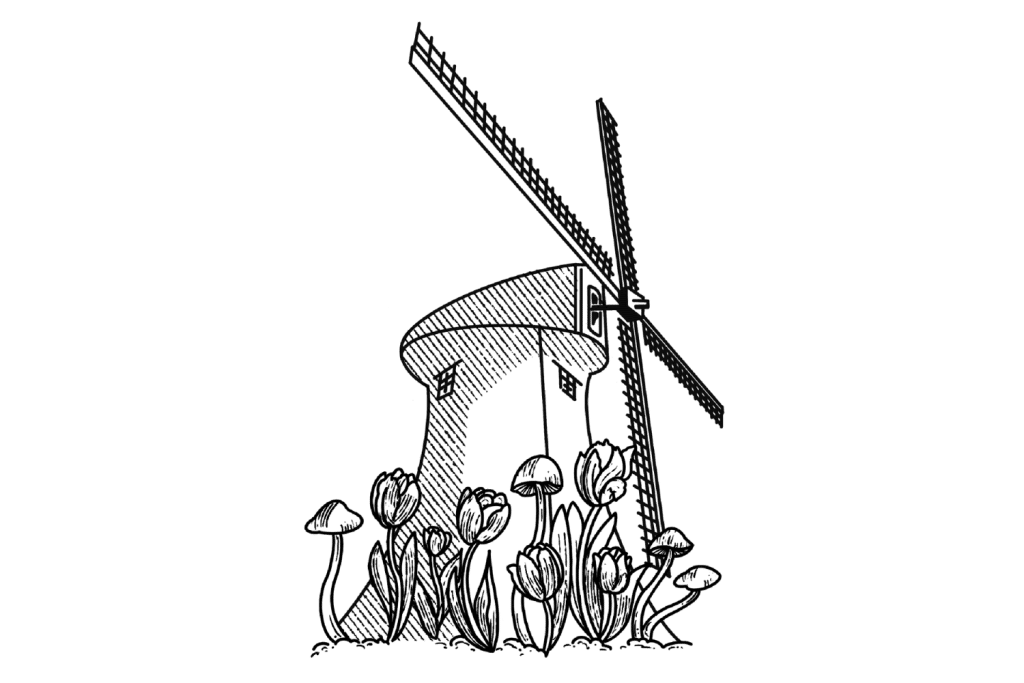
Possessing fewer than 30 grams of a substance such as cannabis is a misdemeanor. People are rarely charged for cannabis possession in Holland. However, it’s not wise or respectful to smoke on the street — this can land you in trouble, so stick to the coffee shops.
Cannabis dispensaries are known as “coffee shops” in the Netherlands. You can purchase a range of different strains and types of hash, but coffee shops don’t sell other drugs, and they don’t take kindly to people asking.
However, psychedelics, psilocybin, psychedelic cacti, and other “soft” psychoactive herbs are easy to get a hold of in places called “smart shops” in the major cities of Holland, such as Amsterdam and Rotterdam.
These smart shops sell a range of psychoactive substances, including psilocybin-containing truffles, drug test kits, trip stoppers, and paraphernalia, as well as medicinal herbs, plants, and fungi.
Because of the relaxed laws here, many retreat centers and psychedelic coaches operate here. Most serve psilocybin, but you can sometimes find other psychedelic sessions involving ayahuasca or ibogaine.
7. The Bahamas
The Bahamas offers a variety of opportunities for the psychotourist. Much like in Jamaica, magic mushrooms are legal to grow, sell, and consume in the Bahamas.
Because of these relaxed laws, psilocybin retreats have been popping up across the chain of islands. In many of these retreats, it’s possible to undergo psilocybin-assisted therapy. There are also retreats that help people overcome addiction through the use of psilocybin and ibogaine.
Ibogaine is legal in the Bahamas.
Ibogaine is the naturally occurring compound found in Iboga — a psychoactive African shrub. Historically used as a medicinal and ceremonial herb by indigenous tribes in West Africa, it’s believed that it has the ability to reduce withdrawal symptoms from opiates and eliminate cravings in addicts.
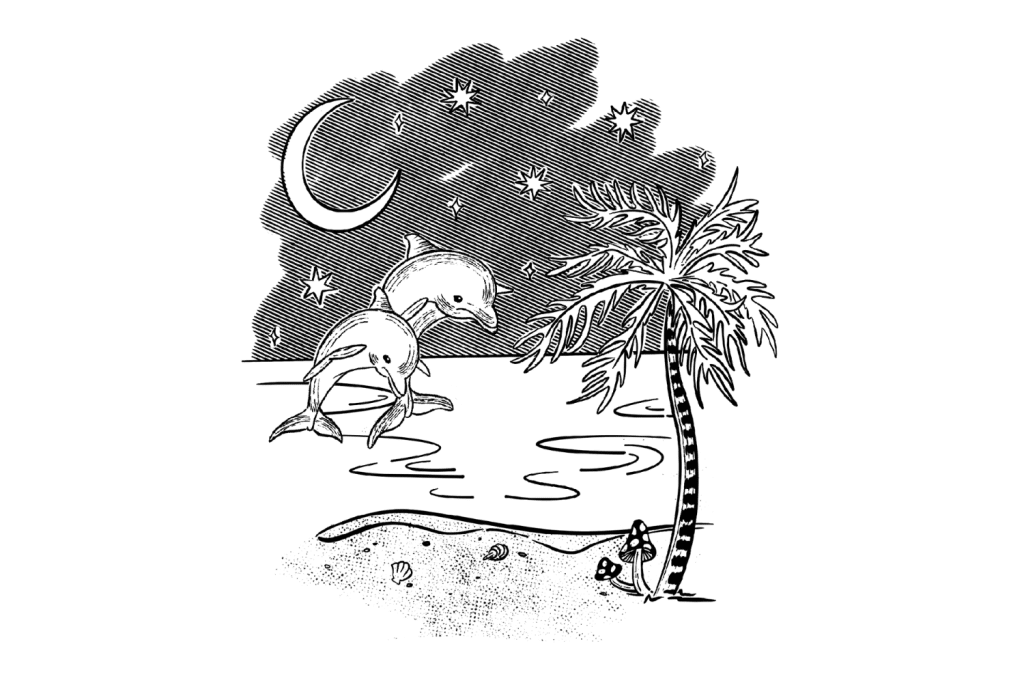
Addiction centers are popping up across the Bahamas that utilize ibogaine or psilocybin. These centers have helped people with alcohol, heroin, methamphetamine, and other addictions successfully rehabilitate after quitting.
8. Brazil
Brazil is famous for ayahuasca. This psychedelic brew is legal in the country.
Brazil is full of ayahuasca retreats where people go to experience the effects of the DMT-containing liquid. Many of these retreats offer “traditional” experiences where ayahuasca is consumed with the guidance of a shaman, as it has been for thousands of years.
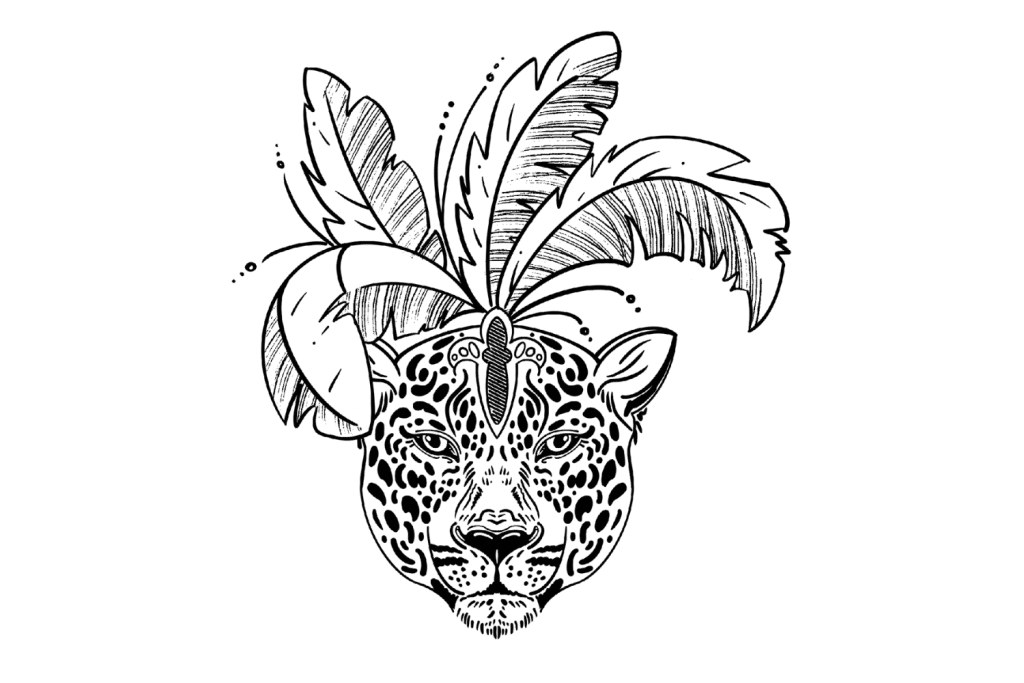
Some retreats offer full ayahuasca workshops with massages, yoga, and other activities. These places usually offer some kind of therapy alongside the experience and help their clients get to the roots of their depression, anxiety, or addiction.
It’s also possible to head into the Brazilian Amazon, where tourists can meet shamans who continue to use ayahuasca in traditional ceremonies.
9. Colombia
Indigenous communities in the country of Colombia have a long history of psychedelic use. These communities have used ayahuasca for thousands of years, and its ceremonial use continues today.
Ayahuasca is an unrestricted substance in Colombia. Several retreats in the country offer ayahuasca experiences alongside yoga, meditation, and therapy. It’s also possible to meet a guide and head out to the indigenous communities that use ayahuasca in the traditional way.

There are also talks of tourists partaking in traditional “mushroom ceremonies” in Colombia. These ceremonies involve psilocybin-containing mushrooms, tobacco smoke, shamanic chants, and occasionally alcohol. However, psilocybin is illegal in the country, so these experiences aren’t easily accessible to the psychotourist.
Colombia is most famous for its cocaine production, which is made from the leaves of the coca plant. Even though it is still illegal in the country, a bill was just introduced that could change the laws about using coca leaves and coca leaf products (such as cocaine).
The bill proposes a “lightly regulated” commercial market — similar to coffee — for coca leaf and coca leaf products and a regulated market for cocaine, with sales possible to licensed consumers via government-licensed outlets.
These legislative changes could lead to more tourists to Colombia interested in consuming coca leaves and the extracted alkaloids within them.
Ethical Concerns Around the Psychotourism Industry
Tales from the past prove that travel to remote regions can inflict harm on small communities. Foreign viruses destroy remote tribes, retreats replace small villages, and cultures are irreversibly damaged by appropriation.
You may think this wouldn’t happen when “open-minded” psychedelic users travel to remote regions. History proves this isn’t the case.
In the 1950s, Robert Gordon Wasson traveled to the small village of Huautla de Jiménez in Oaxaca, southern Mexico, to visit the curandera Maria Sabina. He visited to partake in one of her traditional magic mushroom ceremonies.
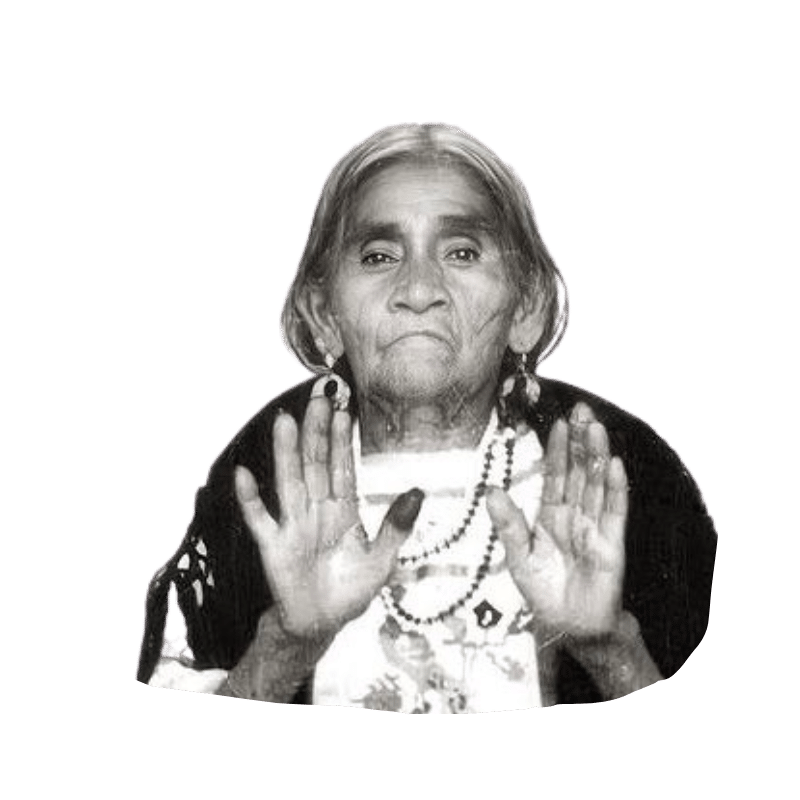
Upon Wasson’s return to the United States, he published an article titled “Seeking the Magic Mushroom” in LIFE Magazine. This article quickly grew in popularity, and hundreds of people went to the remote village to partake in Maria’s mushroom ceremonies.
To cut a long story short, the influx of foreigners to the village made the locals extremely upset. This led to them burning down Maria Sabina’s house and banishing her from her lifelong home — leaving her and her family with nothing.
This is just one example of how psychotourism could be potentially harmful. Here are some of the ethical issues that could pop up as the industry grows larger:
1. Appropriation & Commodification of Cultural Practices
Much of the psychotourism industry revolves around indigenous people’s cultural and spiritual practices. Although this growing industry could benefit these people in some ways, it could also be problematic.
We could see the commodification of traditional practices. Indigenous heritage is often seen as “public domain,” and historically, westerners have appropriated artifacts, cultural practices, and traditional medicines for profit.
Without the correct strategies to protect indigenous communities worldwide, the psychotourism industry could cause significant cultural, spiritual, and economic problems. The appropriation and commodification of the Wixárika community’s traditional practices are already causing substantial harm [4].
The appropriation of the peyote cactus (Lophophora williamsii) negatively affects the indigenous communities that have a right to harvest and consume it. Peyote has been put on the vulnerable species list because non-indigenous people keep harvesting it unsustainably — causing its decline.
Peyote takes more than ten years to mature. Sustainable harvesting — something the indigenous people have been doing for centuries — is important for the species’ survival. Unfortunately, too many “outsiders” are entering the sacred peyote fields of the Chihuahuan Desert and taking them without regard.
If psychotourism grows and guides in Mexico keep allowing tourists to harvest and consume the peyote cactus, we could see the demise of the species and the death of a 5000-year-old cultural practice.
2. Exploitation of Vulnerable Communities
The exploitation of vulnerable communities is a serious concern if the psychotourism industry expands. People are already traveling to remote regions to seek out communities with a history of cultural psychedelic use.
Tourists searching for true ayahuasca experiences often head to remote parts of the Amazon, where tribes consume the psychedelic brew as they have done for over 1,000 years. Although a tourist or two turning up to these tribes is relatively harmless, we could see these communities becoming exploited as psychedelic interests continue to grow.
We may see small communities, such as those in the Amazon Rainforest and remote parts of Mexico, get exploited. Future organizations that may offer “true cultural psychedelic experiences” could use these small communities as a way to profit. Money-hungry psychotourism consultants could overlook the preservation of vulnerable communities.
Similar things have happened in the adventure tourism industry. There are huge ethical concerns surrounding the use of Sherpas by the adventure tourism industry for pursuits such as summiting Mount Everest. Without Sherpas, summiting the high peaks of Nepal would be far more difficult.
Adventure tourism companies pay sherpas to create passages, set ropes, install ladders over crevasses, and carry equipment. The average tourist can pay over $100,000 to climb Everest, and around 800 people make an attempt each season — that’s a lot of money. However, the average Sherpa makes only $2,000 to $5,000 per season.
If this level of exploitation is happening in the adventure tourism industry, we should be worried about the psychotourism industry.
3. Harm To Tourists
With the increase in profit potential from psychedelic tourism, more businesses selling “psychedelic experiences” will appear. Undoubtedly, many ethical practitioners with the customer’s best interests at heart will be established over the coming years.
However, there will likely be a few that care solely about money.
Some of the risks presented to tourists seeking psychedelic experiences include:
The Pseudo-Shaman
There will always be grifters taking advantage of new industries. When psychedelic retreats and guided sessions become popular, pseudo-shamans often step up to cash in. The problem is that they lack the tools and skills to guide someone safely through a psychedelic experience. Others are more blatantly nefarious and take advantage of their patients in other ways. Both situations could put the tourist at serious risk. This is especially common with Iboga and psilocybin and guides who want to make quick and easy money.
Poor Integration
The final potential risk for tourists comes after the psychedelic journey when they return home. Psychedelics have proven effective at treating certain mental illnesses. However, the most important part of the psychedelic-assisted therapy process is what comes after the trip.
If people return home without the proper support or integration resources, they could end up worsening their condition rather than improving it.
Frequently Asked Questions About Psychotourism
Here are some of the most common questions we get asked about psychotourism.
If you have any other questions or see something missing from the list, feel free to email us at feedback@tripsitter.com.
1. What Psychedelics Do Tourists Travel to Consume?
The most common psychedelic/psychoactive substances that people travel for are:
- Ayahuasca
- Cannabis
- Iboga
- Kambo Frog medicine
- Psilocybin (magic mushrooms & truffles)
- San Pedro or Peyote cacti
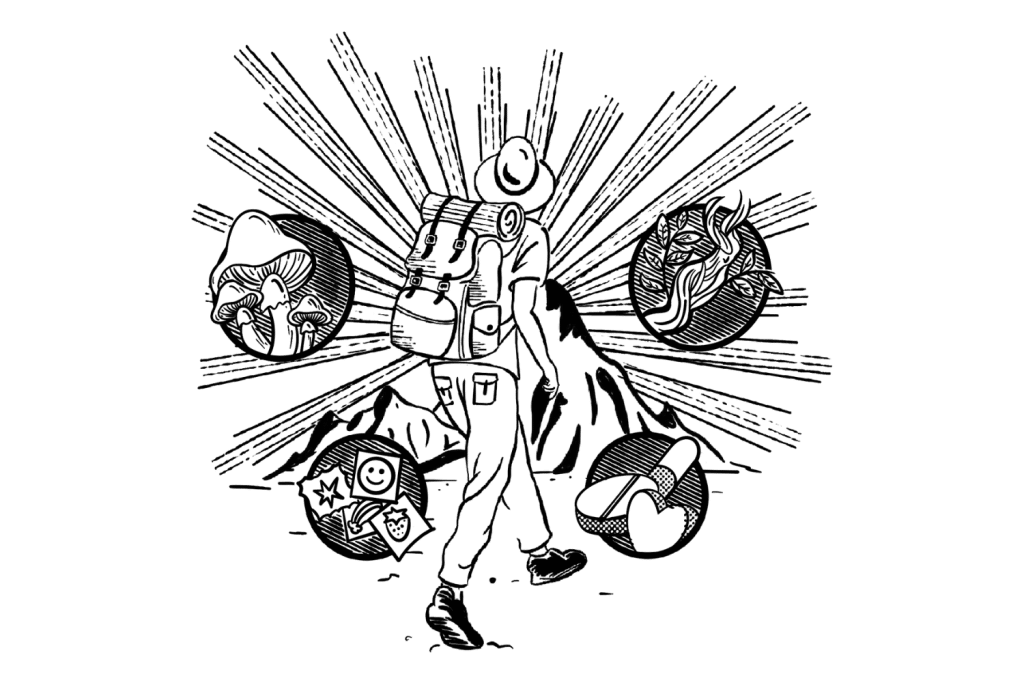
2. How Can I Find a Facilitator for a Psychedelic Experience?
You can find facilitators for psychedelic tourism experiences online. Several retreats, guided experiences, and shamans have set up trustworthy businesses in the psychotourism industry.
Finding a reliable and trustworthy facilitator for your desired experience should be relatively easy. However, you must be cautious with the company you select. Make sure to thoroughly research the facilitator first and check for reviews from past participants.
3. How Can I Stay Safe While Traveling for a Psychedelic Experience?
Securing your safety while traveling to consume psychedelics starts before you leave home. Booking a well-known retreat or guide with plenty of experience and who is highly rated is essential if you’re not a seasoned psychedelic tourist.
Always research the local laws and restrictions before traveling. Most popular psychotourism destinations are quite safe, but it’s still wise to do your research — you definitely don’t want your spiritual journey to end in a foreign prison.
In many places, the laws surrounding certain substances are far more relaxed than in the United States, Canada, and Europe. However, in certain psychotourism destinations, these substances are still quite illegal.
It’s far safer from a legal standpoint to travel to a country where the substance is completely legal.
Traveling for psychotourism with a group is far safer than going alone. If you have a group of like-minded friends, organizing a trip together will give you more security and peace of mind. Traveling solo can still be safe, but take more care in where you go, the facilitator you choose, and what you choose to experience.
References
- Segev, L., Paz, A., & Potasman, I. (2005). Drug abuse in travelers to southeast Asia: an on-site study. Journal of Travel Medicine, 12(4), 205-209.
- Pereira, T. F. P. D. (2020). Reflecting on drug tourism and its future challenges. European Journal of Tourism, Hospitality and Recreation, 10(1), 83-92.
- Bellis, M. A., Hughes, K., Bennett, A., & Thomson, R. (2003). The role of an international nightlife resort in the proliferation of recreational drugs. Addiction, 98(12), 1713-1721.
- Buntinx, G., & Vich, V. (2014). Colonial Shadows. ReVista (Cambridge), 14(1), 68.

